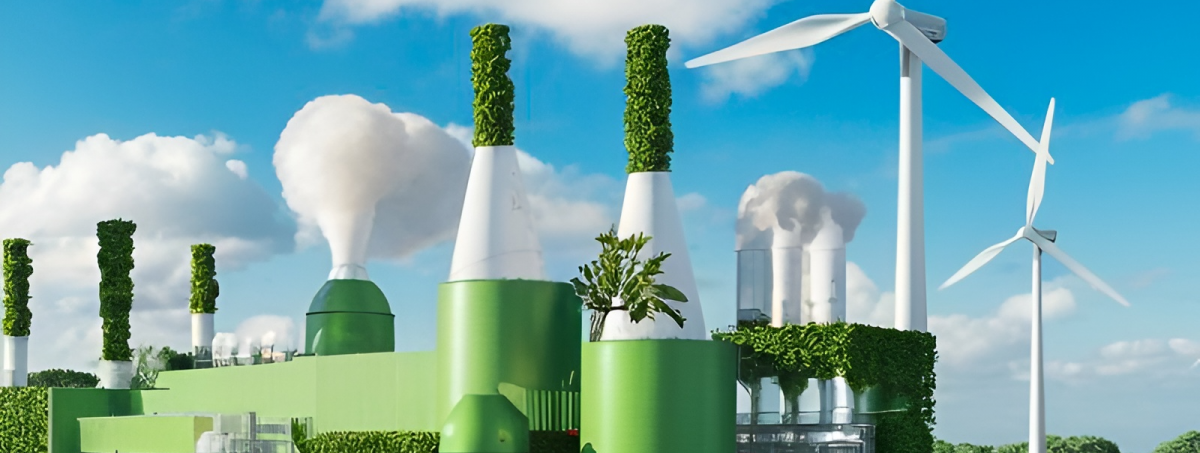TasPorts, the port authority of Tasmania, Australia, has partnered with renewable energy company H2U Group to explore a large-scale green hydrogen and ammonia plant at Bell Bay. The proposed facility could produce up to 500,000 tonnes of ammonia per year, providing low-carbon fuel alternatives for industrial and shipping sectors.
The partnership is structured around a memorandum of understanding to assess the project’s technical, financial, and operational feasibility. Key considerations include port infrastructure, access to renewable energy and water, and the creation of local employment opportunities during construction and operational phases.
Bell Bay’s deepwater port and established industrial base make it a prime location for a renewable hydrogen hub. The project also includes potential for ship refuelling facilities, supporting both domestic and export markets. By integrating green hydrogen production with ammonia synthesis, the initiative positions the port as a strategic player in Australia’s emerging low-carbon economy.
TasPorts chief executive Anthony Donald emphasised the broader industrial benefits, noting that the facility could attract new industries, strengthen regional supply chains, and create skilled jobs. H2U Group founder Dr. Attilio Pigneri highlighted Bell Bay’s unique combination of infrastructure and renewable energy access, enabling efficient production and market distribution.
The site has already been designated by state and federal authorities as a priority for renewable energy development. Several complementary green hydrogen projects are underway nearby, signalling a growing cluster of sustainable industrial activity in Tasmania.
The project’s green ammonia output will be produced via electrolysis of hydrogen from renewable sources, providing a clean alternative to conventional fossil fuels for heavy industry and maritime operations. A feasibility study is scheduled for completion by June 2026, after which the project could advance to detailed engineering and planning approval.
Discover how Bell Bay could become a cornerstone of Australia’s green industrial future in the full story.

















.png)

